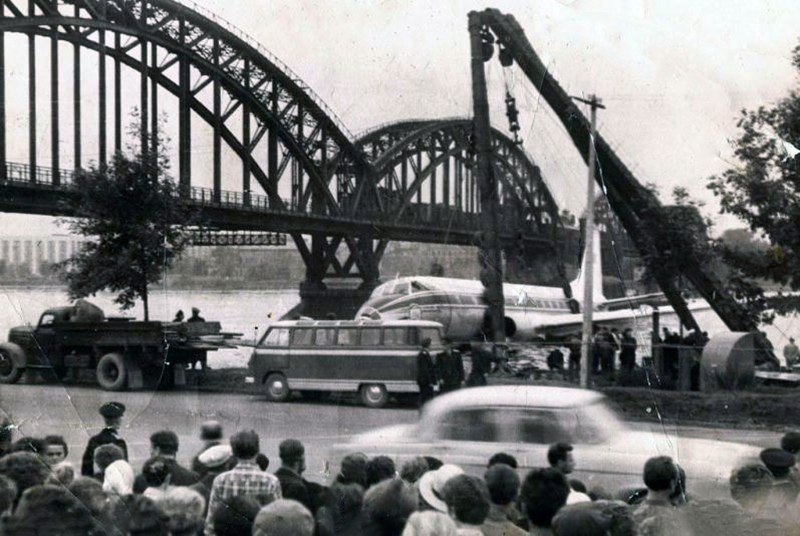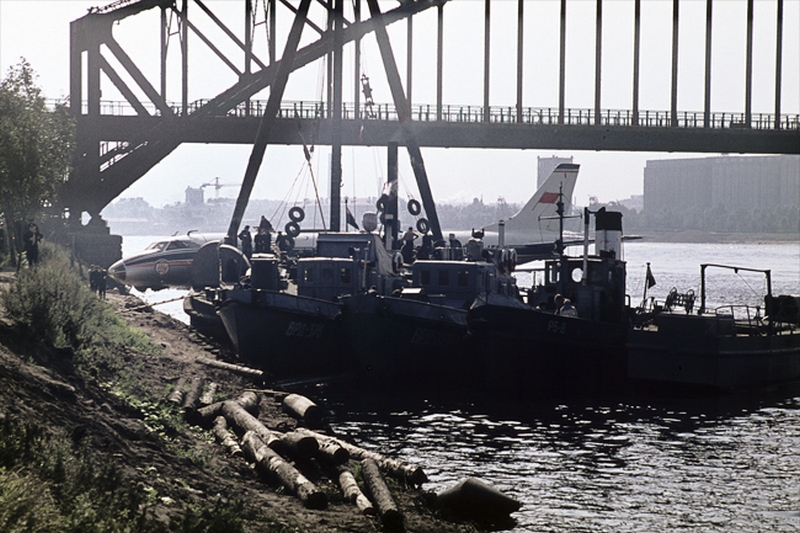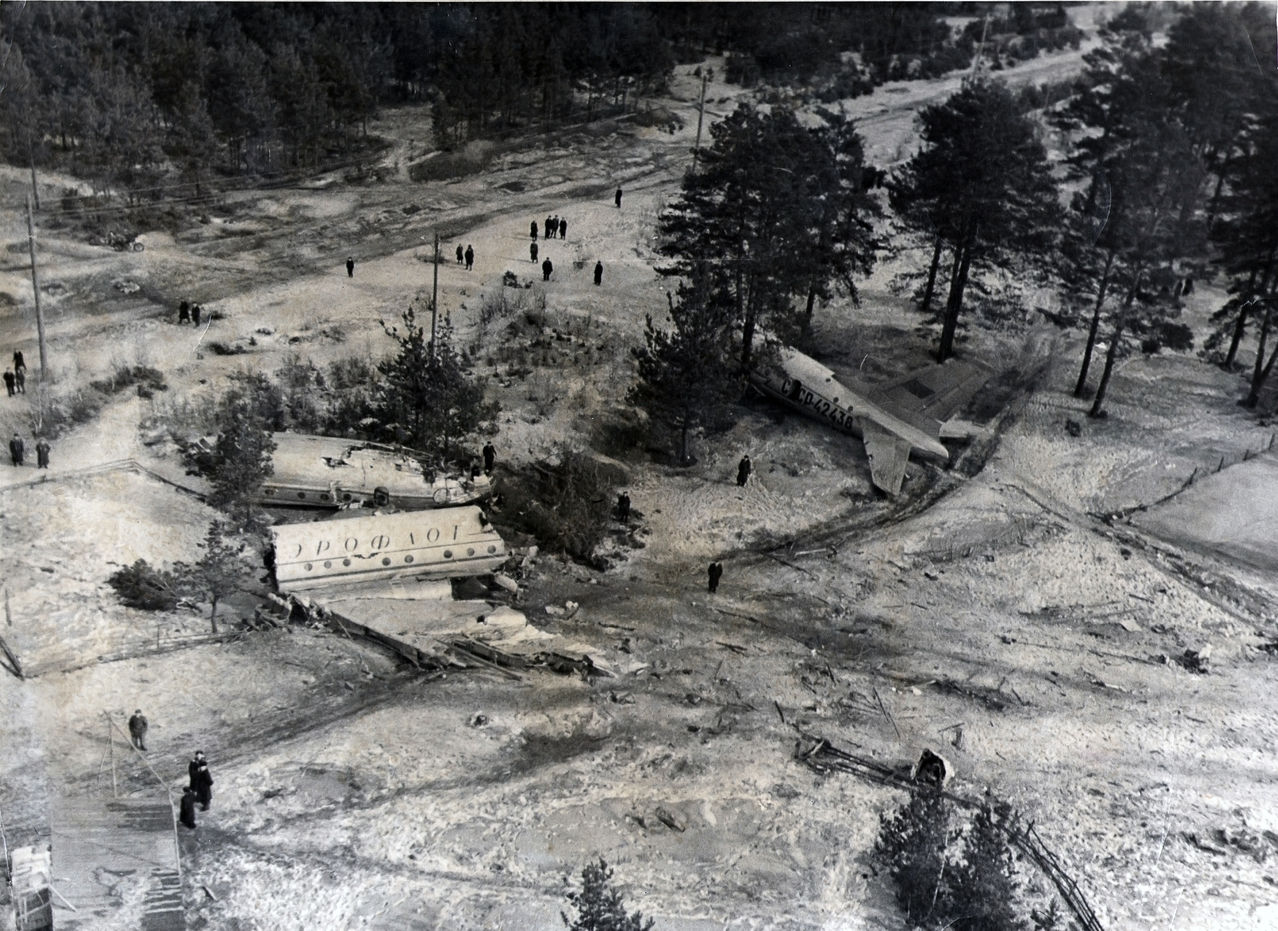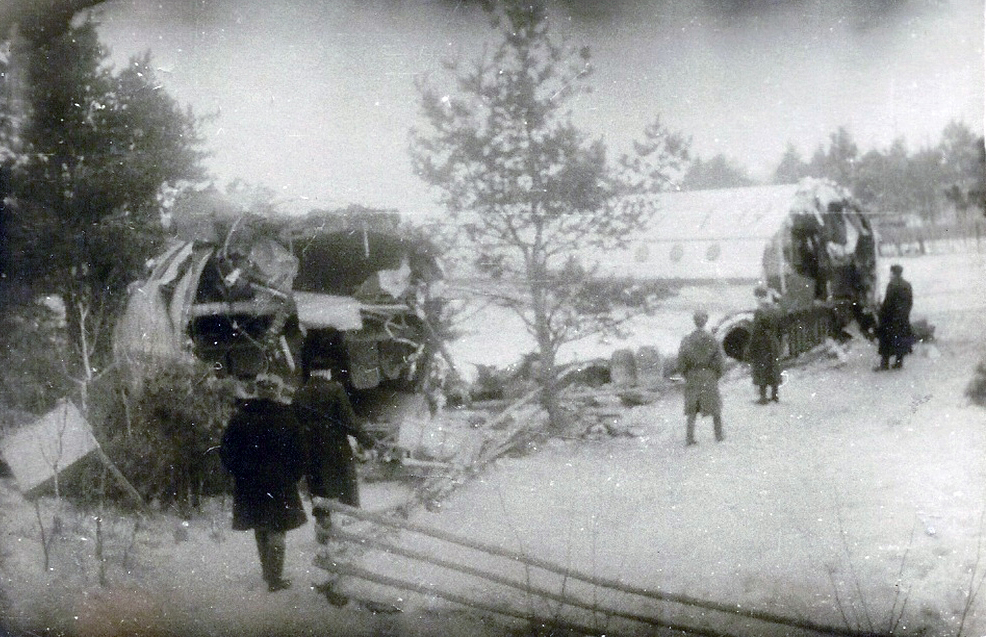Crash of an Antonov AN-24B in Leningrad
Date & Time:
Jan 13, 1976
Registration:
CCCP-47280
Survivors:
Yes
Schedule:
Riga – Leningrad – Kirov
MSN:
0 73 064 10
YOM:
1970
Crew on board:
5
Crew fatalities:
Pax on board:
39
Pax fatalities:
Other fatalities:
Total fatalities:
0
Aircraft flight hours:
11711
Aircraft flight cycles:
8920
Circumstances:
The crew was performing a flight from Riga to Kirov with an intermediate stop in Leningrad. The approach was started by night and below minima-weather conditions. On final approach, the aircraft dropped below the glide path and the captain switched off the ground proximity warning system so the aircraft hit tree tops some 1,700 metres before the inner marker, stalled and crashed in a wooded area located 2,165 metres before the runway threshold. All 5 crew members and 23 of the 39 passengers were injured. The aircraft was destroyed.
Probable cause:
The crew decided to complete the approach while the weather conditions were below minima. Following a wrong approach configuration, the captain allowed the aircraft to drop below the glide path and switched off the GPWS' alarm that was sounding in the cockpit, causing the aircraft to collide with trees and to crash.






